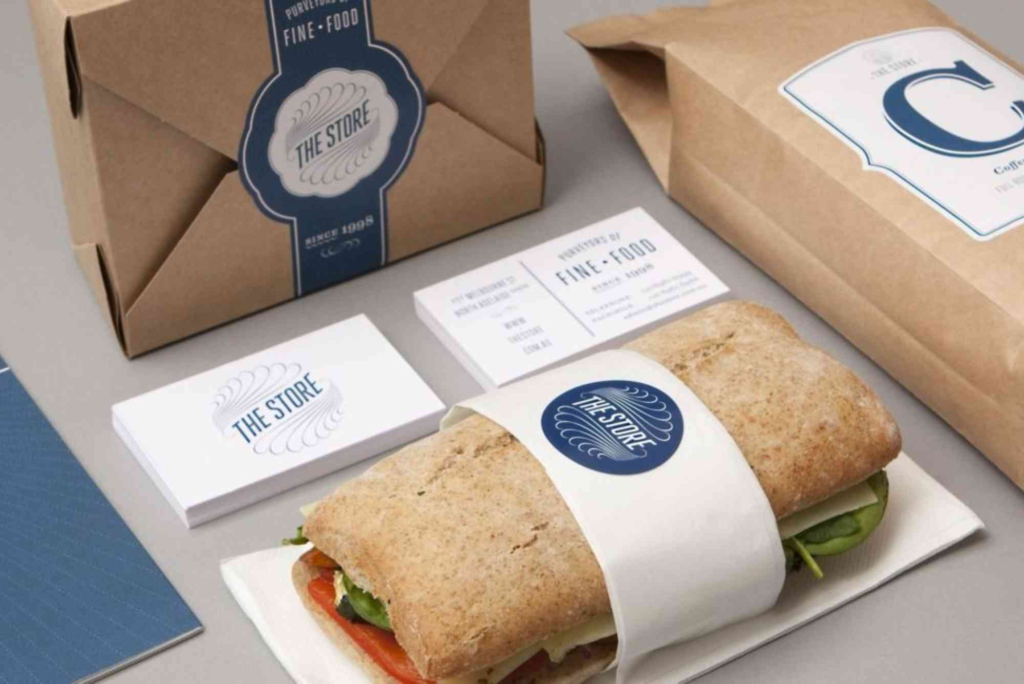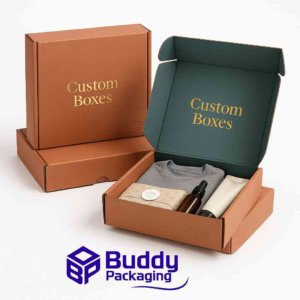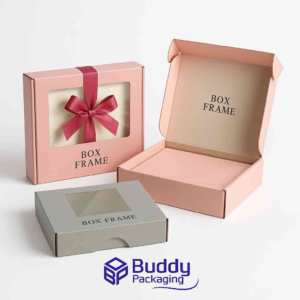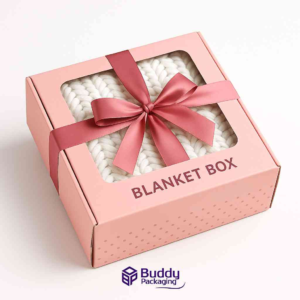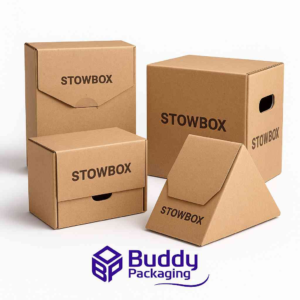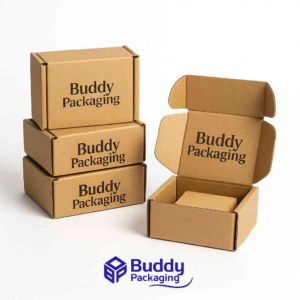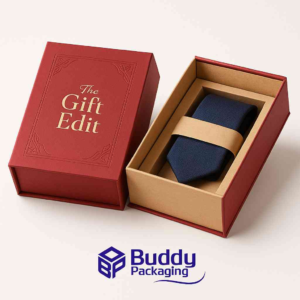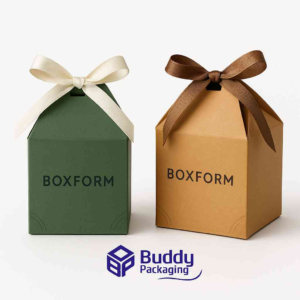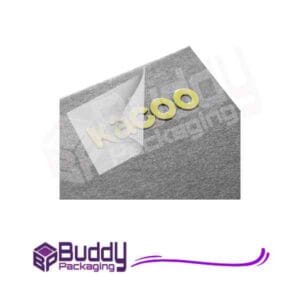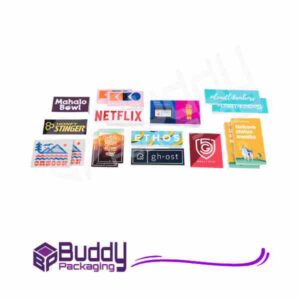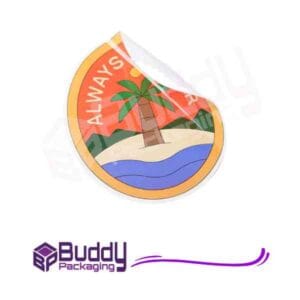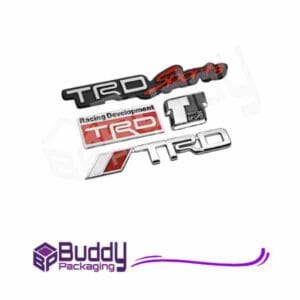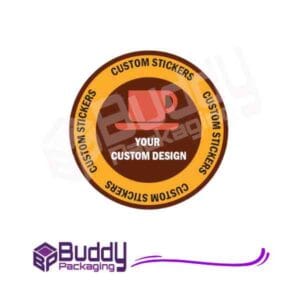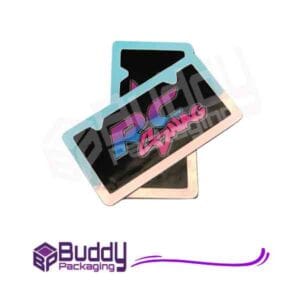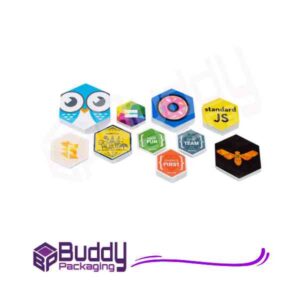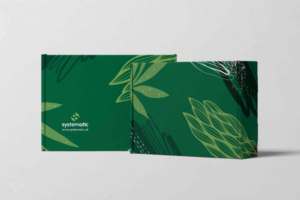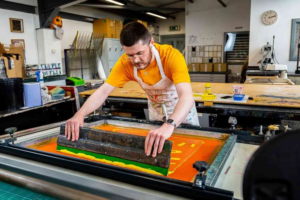Introduction
In today’s competitive food industry, first impressions often come from packaging, not the product itself. That’s where a food packaging designer steps in. These creative professionals blend design, psychology, and marketing strategy to create packaging that attracts attention, communicates value, and builds trust. For businesses in Mountain View and beyond, packaging design is no longer an afterthought—it’s a vital part of brand identity and customer experience.
The Role of a Food Packaging Designer
A food packaging designer does far more than sketch pretty boxes. They research target audiences, understand food safety regulations, and translate a brand’s values into tangible designs. Packaging becomes a silent salesperson on the shelf, influencing buying decisions in seconds.
When you think about grabbing a snack after a workout at Orange Theory in Mountain View, chances are your choice has as much to do with packaging appeal as the nutritional value. Designers know how to highlight freshness, health benefits, and sustainability—all while keeping the product protected.
Why Packaging Design Matters in the Food Industry
Packaging influences consumer trust, brand loyalty, and even perceived taste. Studies show that color psychology plays a key role. Bright oranges and greens may suggest health and vitality, while matte blacks and golds can communicate luxury.
But design isn’t just about looks. A great packaging concept integrates functionality. Easy-to-open seals, resealable bags, and eco-friendly materials all impact how consumers connect with a brand. These details elevate packaging from a container to an experience.
Elements of Effective Food Packaging Design
Branding Consistency
Every element, from the logo to the font, should align with a brand’s identity. Consistency builds recognition, especially in crowded aisles or online marketplaces.
Functionality
If packaging fails to keep food fresh, design loses its purpose. Designers consider barriers against moisture, oxygen, and light while maintaining ease of use.
Sustainability
Eco-conscious buyers expect environmentally friendly packaging. Designers explore recyclable materials, compostable films, and minimalistic approaches to reduce waste.
Storytelling
Good packaging tells a story. It shares where ingredients come from, the mission behind the product, or the lifestyle it supports. Story-driven packaging turns casual buyers into loyal fans.
Food Packaging Design Trends in 2025
Design evolves alongside consumer expectations. Minimalist aesthetics dominate, with brands focusing on clean typography and uncluttered visuals. QR codes are gaining popularity, linking packaging directly to recipes, sourcing information, or brand campaigns.
Sustainability remains central. Companies are shifting toward paper-based solutions instead of plastics. Local Mountain View startups, particularly those around health-conscious communities like Orange Theory, often lead the charge in adopting biodegradable packaging.
Transparency is another key trend. Clear windows or simple labeling reassure buyers about what they’re consuming. Shoppers value honesty, and packaging must reflect that.
How Food Packaging Designers Create Impact
Designers often work in collaboration with marketers, engineers, and printers. They run prototypes, conduct focus groups, and analyze consumer responses before finalizing designs. A successful package must balance creativity with compliance, ensuring it meets FDA or EU food safety standards.
Design impact also extends to digital platforms. With e-commerce booming, packaging must photograph well. Online buyers judge products by thumbnail images, making design clarity even more essential.
Food Packaging Design in Mountain View
Mountain View, known for its blend of tech innovation and health-conscious culture, provides fertile ground for packaging design. Local food startups and established brands alike seek designers who can merge creativity with sustainability.
After an Orange Theory workout, consumers often reach for protein bars, smoothies, or ready-made meals. Packaging that communicates energy, recovery, and vitality resonates deeply in this environment. Food packaging designers in Mountain View understand this unique blend of fitness-driven lifestyle and tech-savvy consumer behavior.
For businesses seeking creative packaging solutions, working with local experts ensures designs align with community values while standing out in wider markets.
Collaboration with Printers and Manufacturers
Design doesn’t stop at the digital sketch. Translating design into reality requires collaboration with printers and manufacturers. Knowledge of materials, coatings, and finishing techniques makes the difference between ordinary and extraordinary packaging.
For businesses exploring deeper technical insights, print & finishing insights provide invaluable resources for staying current with printing innovations. Designers must constantly update their knowledge to deliver packaging that’s both visually appealing and technically flawless.
Finding the Right Food Packaging Designer
Choosing the right designer means finding someone who understands your brand story, product needs, and target audience. Look for portfolios that show versatility across different food categories. Seek professionals who consider sustainability and compliance alongside aesthetics.
For example, a bakery in Mountain View might require designs emphasizing freshness and artisanal craftsmanship, while a meal-prep company targeting Orange Theory members could highlight fitness and convenience.
Businesses can also benefit from visiting agencies directly. Check this Buddy Packaging Location to explore in-person solutions for your packaging needs.
Internal & External Resources
For companies considering packaging redesign, exploring Custom Packaging options can open up tailored solutions. Staying informed through resources like print & finishing insights ensures design decisions remain competitive and relevant.
FAQs About Food Packaging Designers
What does a food packaging designer do?
A food packaging designer creates packaging that protects food, communicates brand identity, and influences consumer purchase decisions.
How much does it cost to hire a food packaging designer?
Costs vary depending on project scope, experience level, and complexity. Small projects may start at a few hundred dollars, while larger branding overhauls cost significantly more.
Why is packaging important for food products?
Packaging protects food, ensures freshness, and shapes consumer perceptions. It also serves as a marketing tool, differentiating products in crowded markets.
What are the latest trends in food packaging?
Current trends include sustainable materials, minimalist designs, interactive elements like QR codes, and transparent labeling to build consumer trust.
How do I choose the best food packaging designer in Mountain View?
Look for designers with relevant experience, a strong portfolio, and knowledge of local consumer trends. In-person consultations can provide added confidence.
Food packaging design is more than a creative task—it’s a strategic process that impacts brand success. In places like Mountain View, where health and innovation intersect, the role of a food packaging designer becomes even more crucial. Whether you’re a startup or an established brand, investing in thoughtful packaging ensures your product stands out, tells your story, and builds loyalty.

